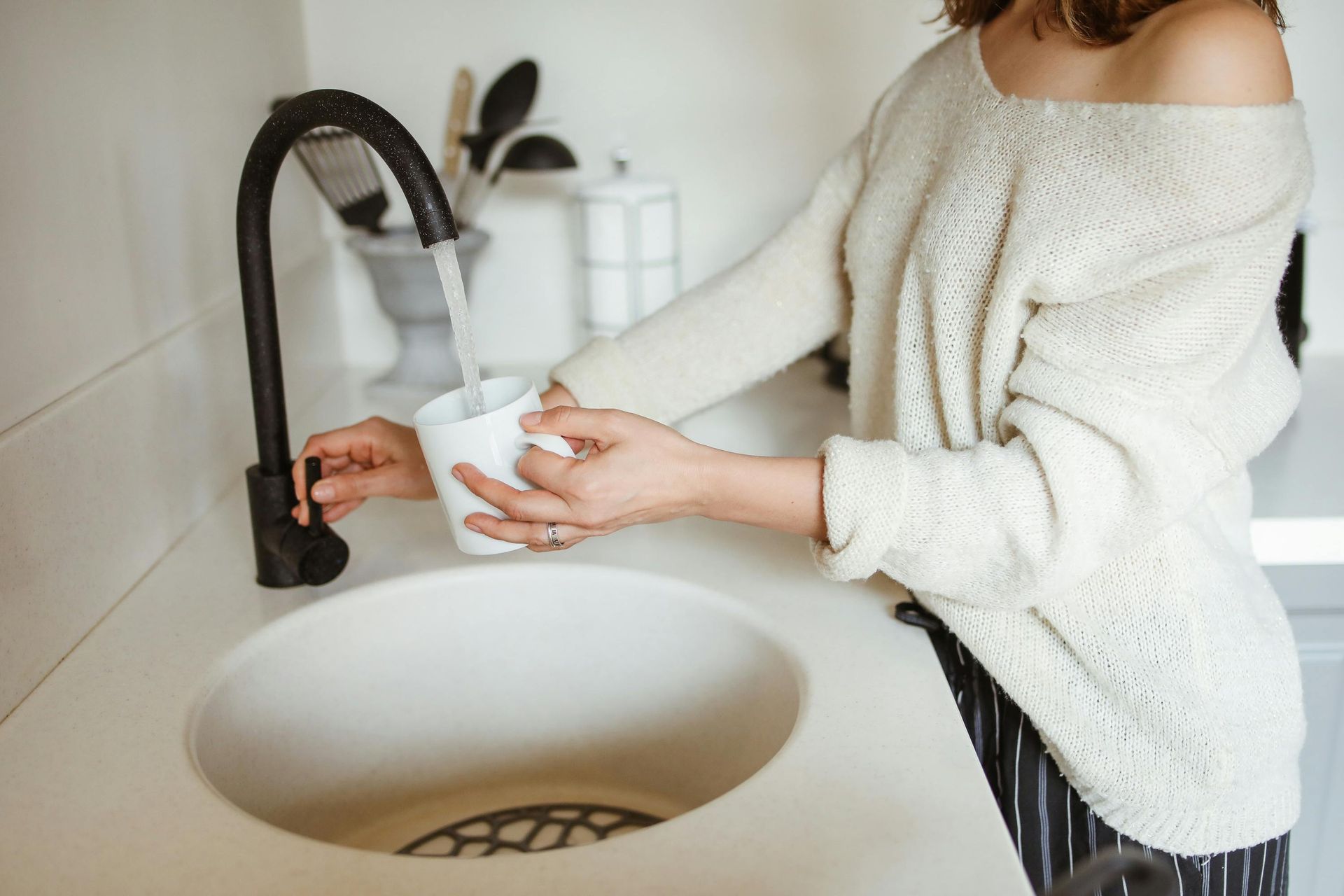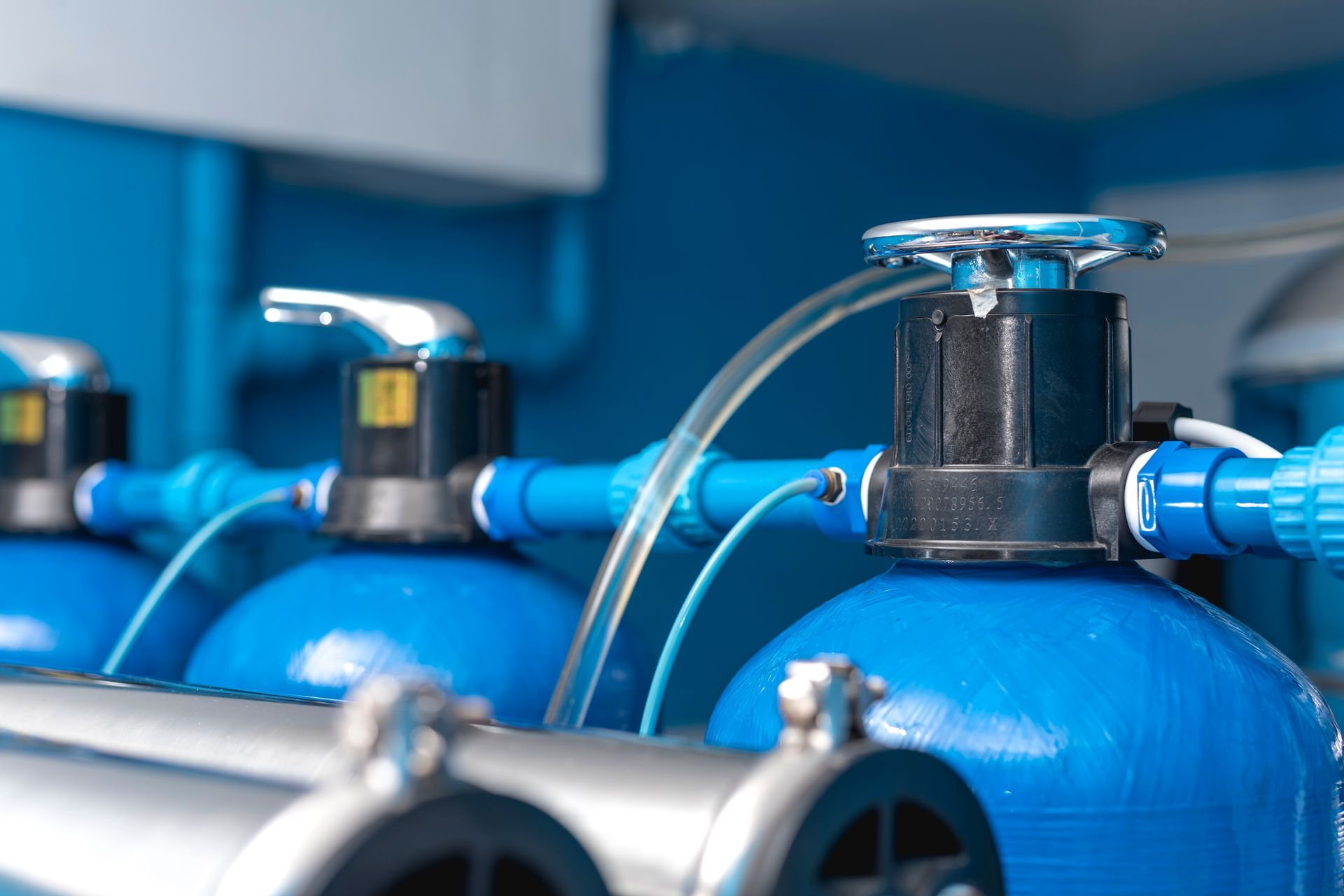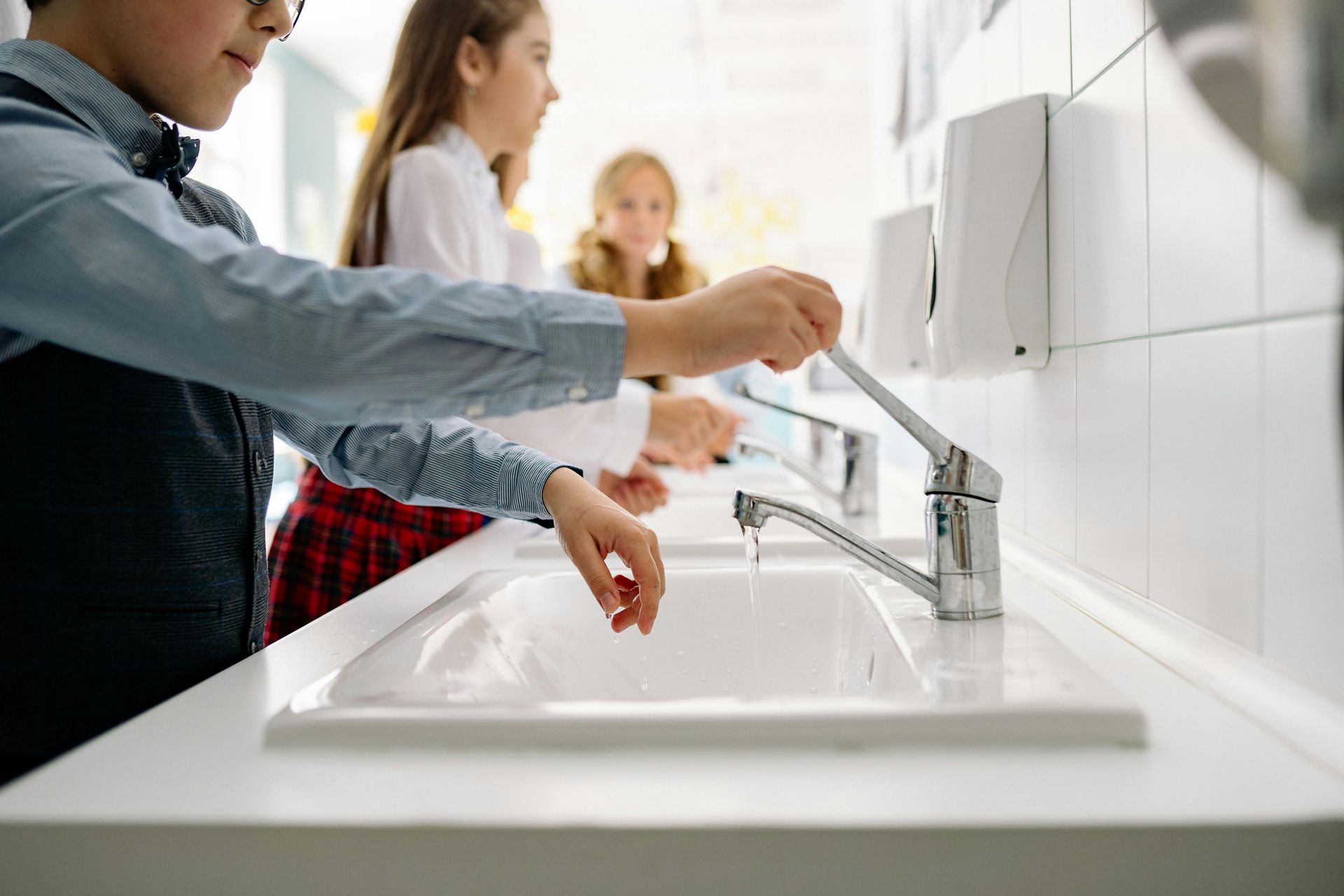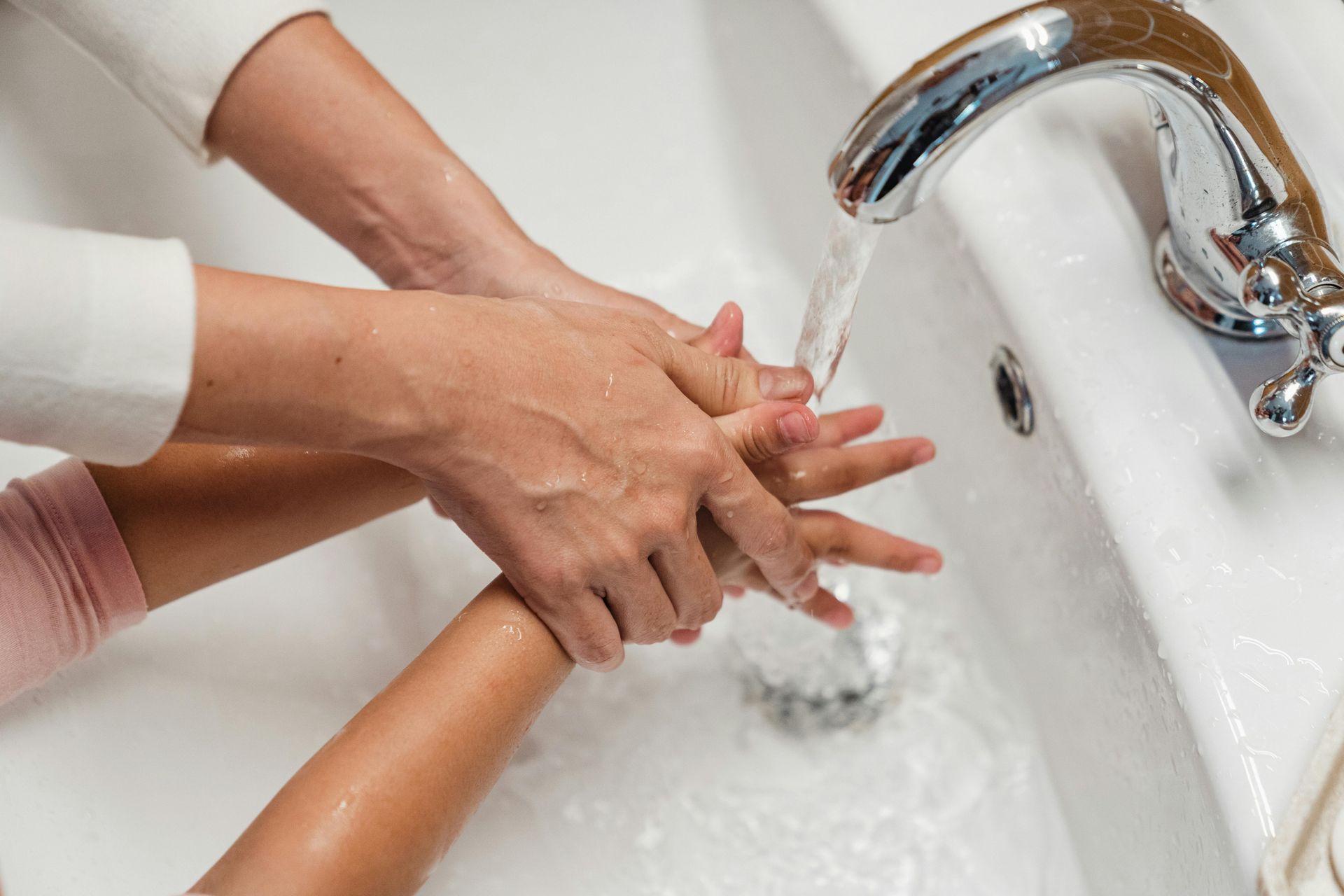WHOLE HOUSE
Water
Conditioning
No Electricity, No Sodium*
Our Products
Contact Us and Get A Quick Quote
Contact Us and Get A Quick Quote
We will get back to you as soon as possible.
Please try again later.
City Water Solutions
Well Water
Solutions
Common Water
Problems
Commercial
Solutions
Kinetico Difference
Kwater Treatment provides the best commercial and
home water filtration systems that are tailored to your water needs. We are your local Authorized Dealer for
Kinetico in Las Vegas, Nevada and Orlando, Daytona Beach, Leesburg, and Tampa, Florida. When you hear “Kinetico,” think “purified, clean water filtration.”

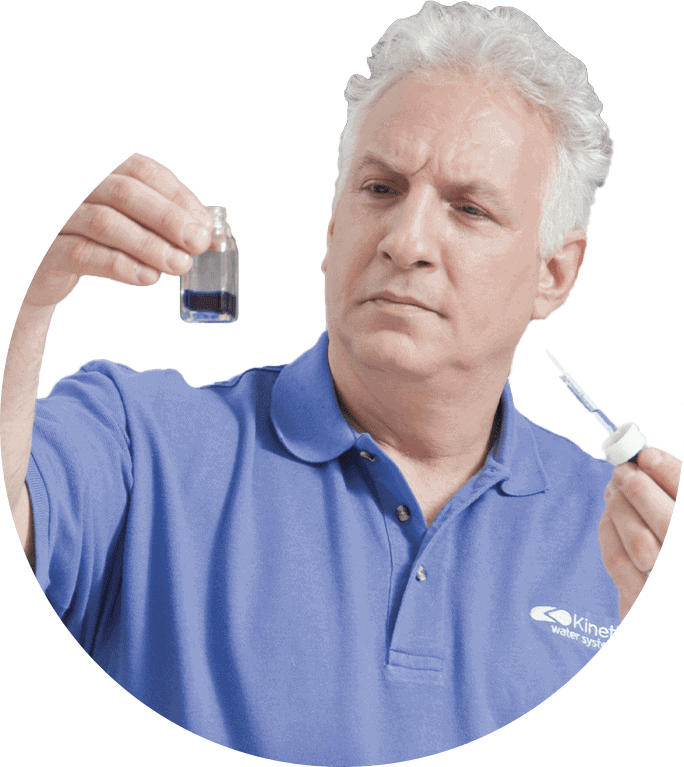
25 YEARS OF EXPERIENCE
Between our experienced technicians and a wide array of professional services, it’s easy to see why so many homes and businesses are choosing Kwater for all of their common city and
well water problems. If your water needs to be treated, our experienced team of professionals will be sure to give you the best advice on the best options for you and your home. We offer top-of-the-line
products like Kinetico
water softeners and filtration systems. If you have any questions, don’t hesitate to contact us today!
GOT WATER PROBLEMS?
Is your home suffering from cloudy well water? Is your business wasting hundreds of dollars to get the chlorine out of their water? Have you noticed the effects of hard water on your hair and skin? These are all common water problems, and hard water is especially common in Florida and Nevada.
Kwater carries state-of-the-art Kinetico water softening and conditioning systems, and both
whole houses reverses osmosis systems as well as reverse osmosis drinking water systems so you can enjoy clean and soft water from your home or business.
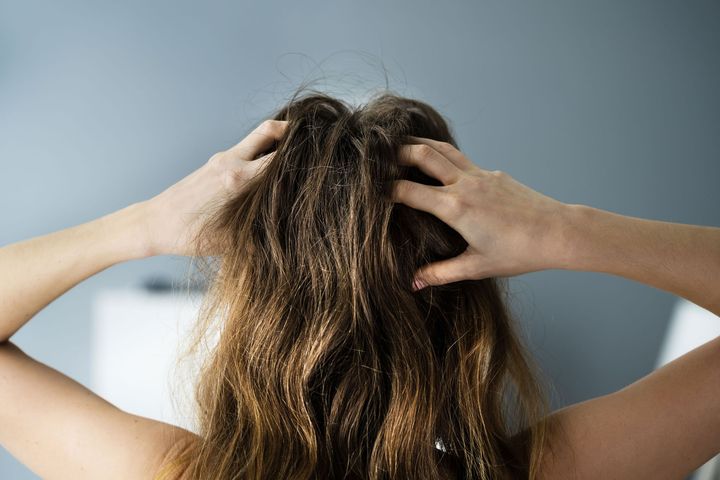
Testimonials
What our clients say about us
Susie
★★★★★
“Love my new water system. The difference in the water is phenomenal. And the customer service is awesome as well. I would recommend them to anyone.”
Casa S
★★★★★
“By far this is the best company for service and water filtration needs. Tod L was terrific with his show and tell process for the difference in our water with and without the system.”
Colene M
★★★★★
“It has been installed for 2 months now and it has been great – our water was about as bad as it could get…… extremely hard water and sulfur smell, both issues have been taken care of. I recommend Kinetico by KWater, great water and easy to maintain.”
Dale B0
★★★★★
“Awesome knowledge, thoroughly demonstrated how contaminated my water was. Explained thoroughly how my water could be better by explaining the kinetico filtration system and what a wonderful warranty they have.”
TIME FOR A BETTER WATER CONDITIONER?
OTHER BRANDS
- Repairing and maintaining your old water system
- Resetting timers
- Constantly adding tons of salt
- Reprograming digital controllers

- Non-electric operation
- No customer adjustments
- Built to last 30+ years
- Super efficient, our systems use 70% less regenerant
Non-Electric, Sodium-Free* Soft Water
| COMPARE KINETICO QUALITY WATER SYSTEMS |
Kinetico® All Models |
Culligan® Gold Series |
Rainsoft® TC Models |
|---|---|---|---|
| Automatic, non-electric operation? | YES | NO | NO |
| Electrical part problems eliminated? | YES | NO | NO |
| Provides treated water to your home while unit self-cleans? | YES | NO | NO |
| Provides clean, conditioned water 24 hours a day, 7 days a week? | YES | NO | NO |
Our Blog
Latest News
KWATER
WATER TREATMENT LOCATIONS
1620 W Sunset Rd.
Henderson, NV 89014
Mon - Fri
8AM - 5PM
Sat
8AM - 12PM
Sun
Closed
Las Vegas, NV
3840 Commerce Loop
Orlando, FL 32808
Orlando, FL
Mon - Fri
8AM - 4PM
Sat - Sun
Closed
3400-3570, FL-44
Inverness, FL 34453
Inverness, FL
Mon - Thurs
8:30AM - 4:30PM
Fri
8AM - 4PM
Sat - Sun
Closed
1096 N Highway US 1
Ormond Beach, FL 32174
Mon - Thurs
8AM - 4PM
Sat
Appointment Only
Sun
Closed
Daytona Beach, FL
304 Richey Rd Ste 3
Leesburg , FL 34748
Leesburg, FL
Mon - Thurs
8AM - 4PM
Sat
Appointment Only
Sun
Closed


